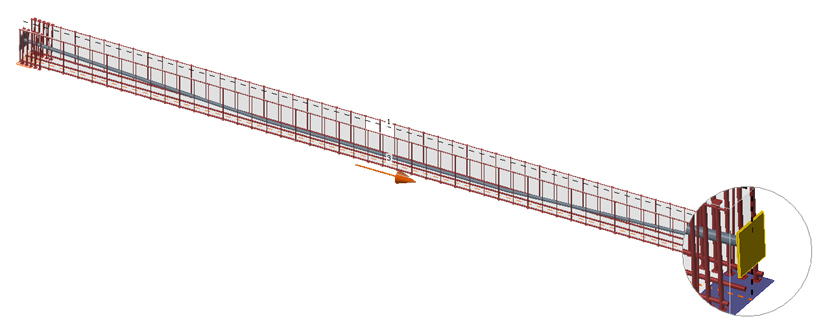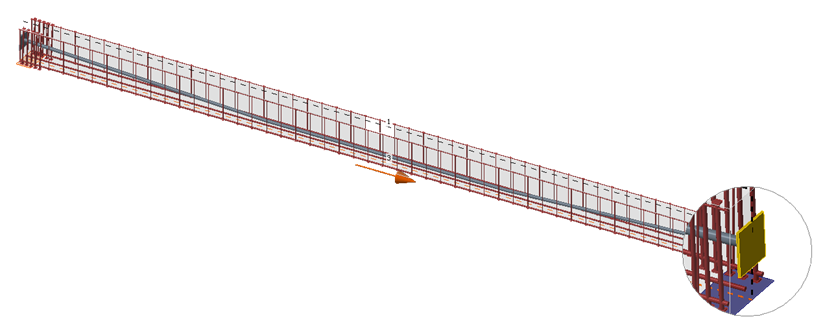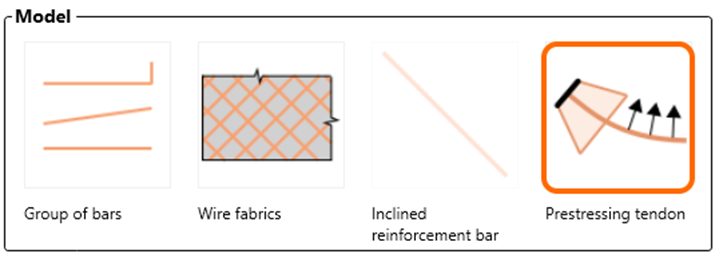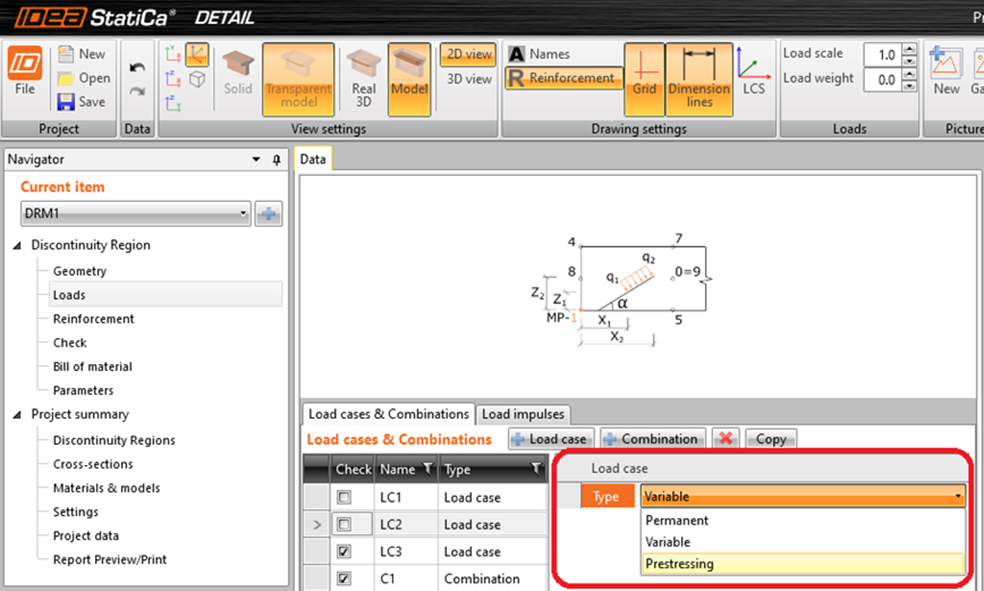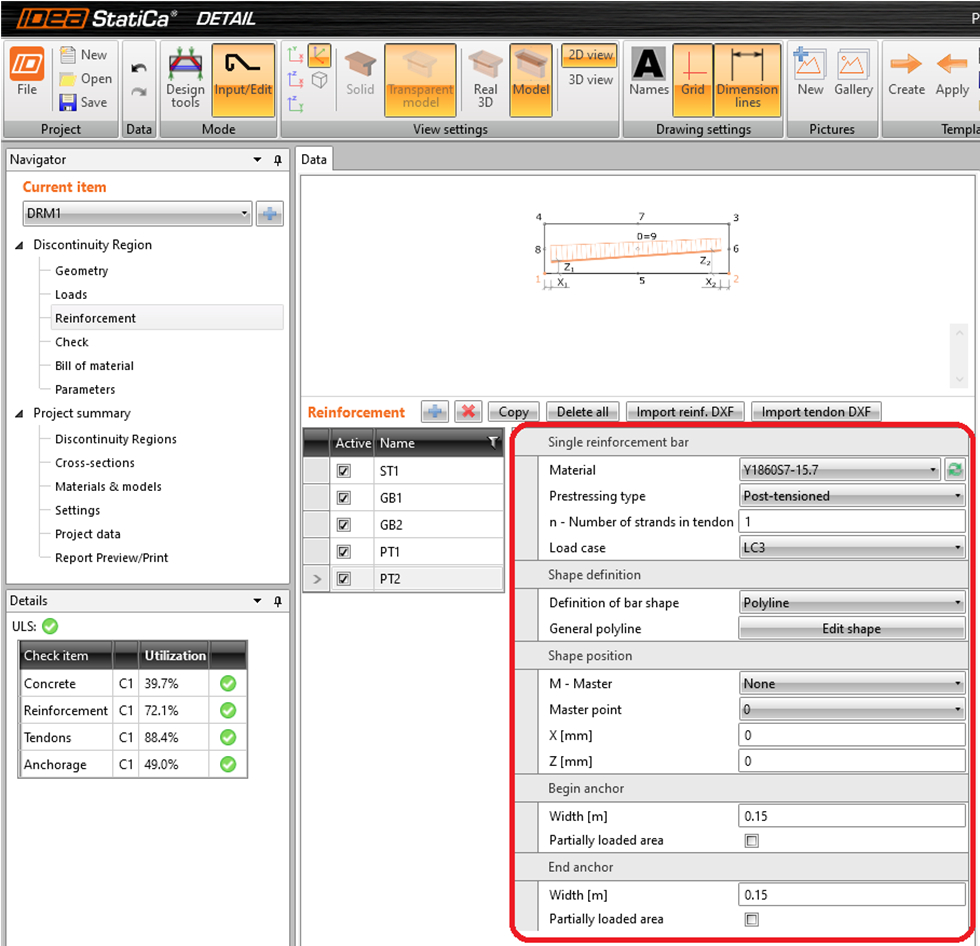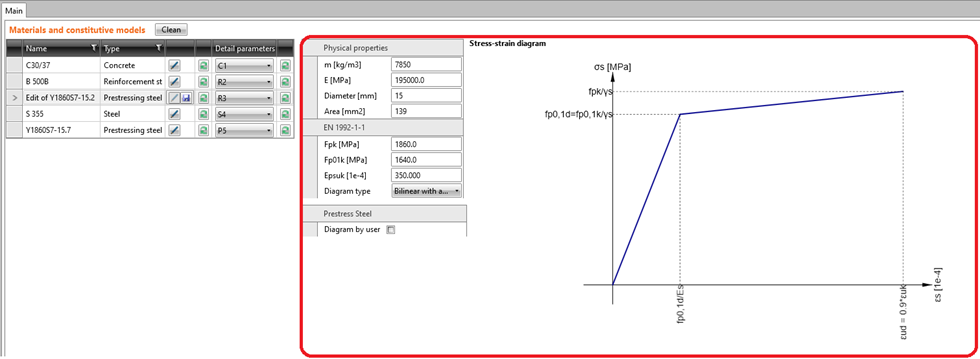Structural design of prestressed discontinuity regions
That leads to long-span beams where reinforced concrete is not economical anymore. It is more convenient to use pre-stressed concrete, which allows decreasing the dimensions of the long-span beams.
Due to the innovative and more advanced method, CSFM (Compatible Stress Field Method) engineers can now design and code-check pre-stressed concrete members, including the discontinuities like openings, haunches, dapped-ends, or anchorage zones. After these checks, you will get a report with the complete ULS checks.
Users can now input pre-stressing tendons into their projects in IDEA StatiCa Detail. This option makes the design of a prestressed structural member much more efficient since they do not have to calculate the equivalent load effects as it was until now. Simply input a prestressing load case, and the tendons become available.
A pre-stressing type load case must be defined to enable this option.
Both pre-tensioned and post-tensioned tendons are available. You can import the geometry of the tendon from a DXF file.
Currently, the bonded tendons and only ultimate limit state (ULS) checks are supported. A completely new material library for pre-stressing tendons has also been added.
The pre-stressing losses need to be defined manually. The pre-stressing tendons can be modeled for the whole structure only. Prestressed parts of the beams (trimmed ends) are not supported.
Design of prestressed concrete members is available in Prestressing Enhanced edition of IDEA StatiCa Concrete.


